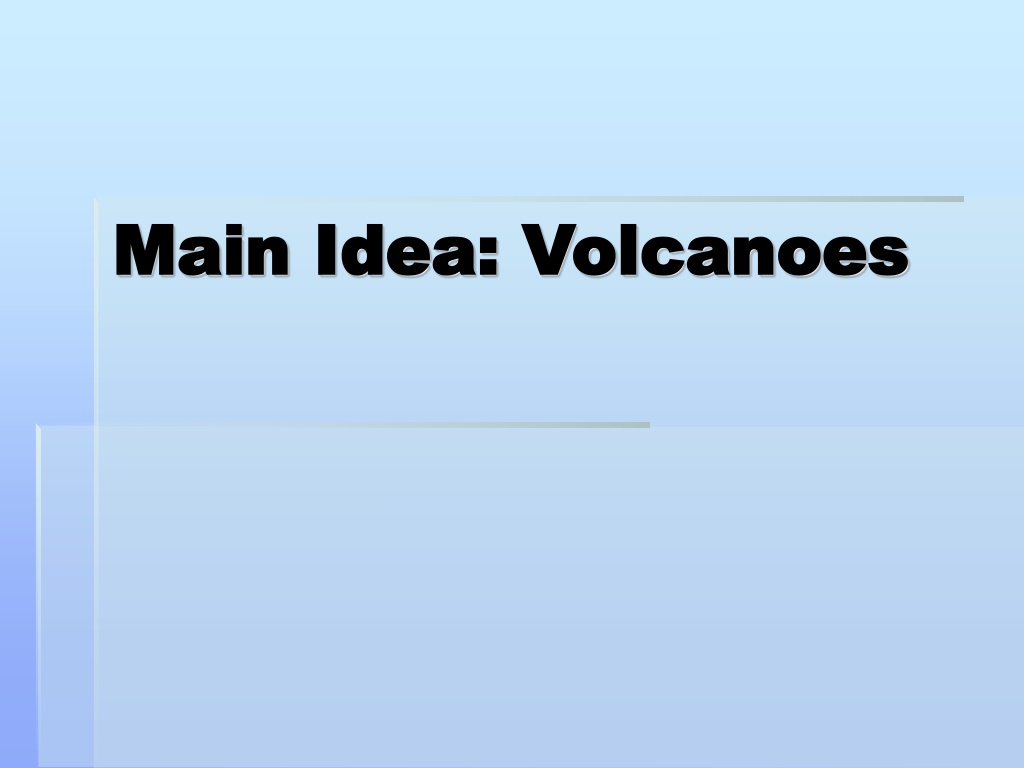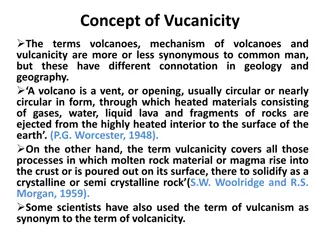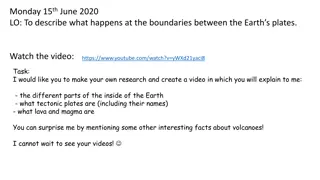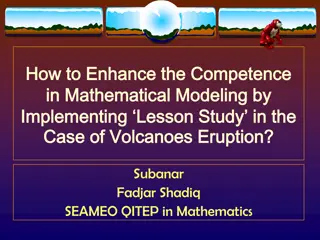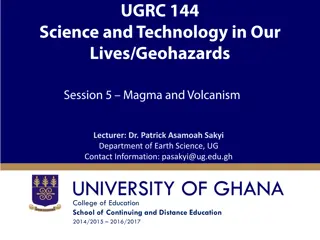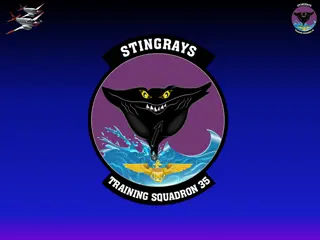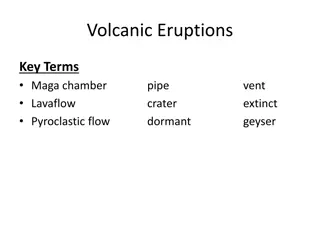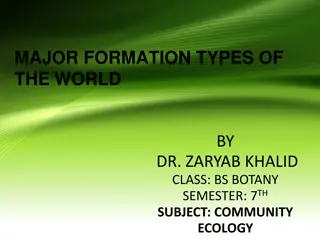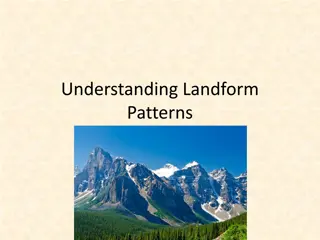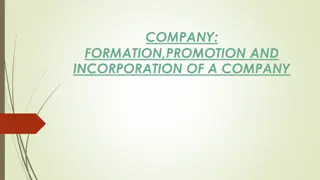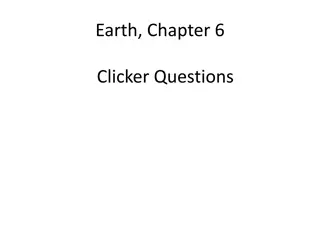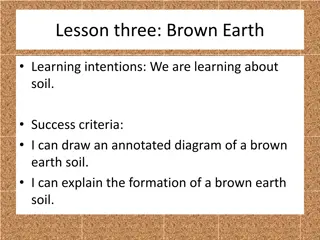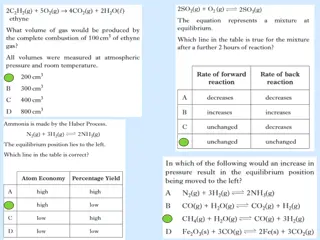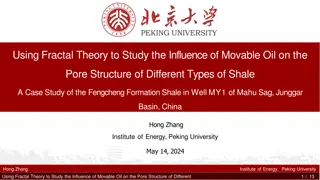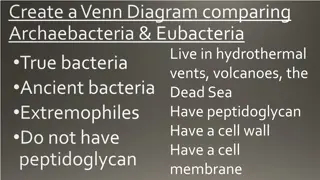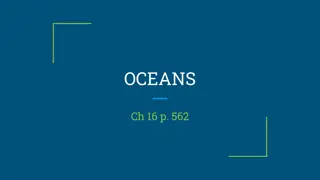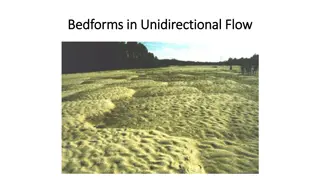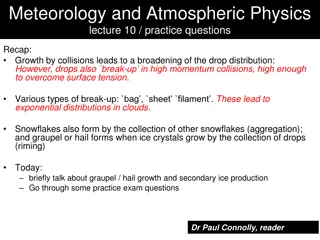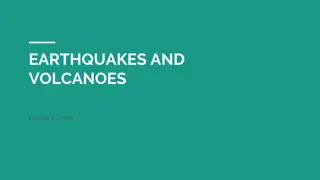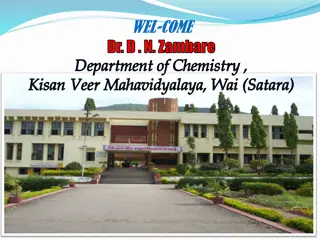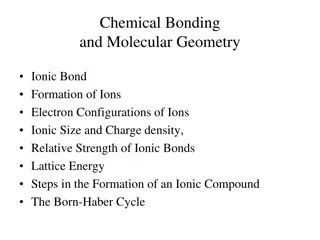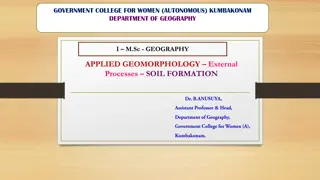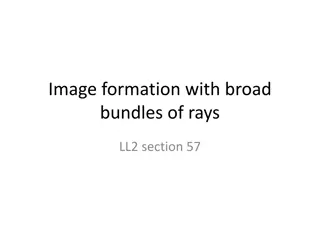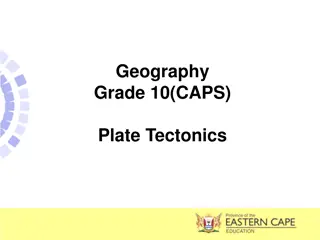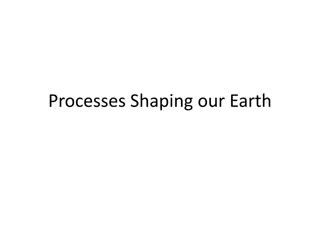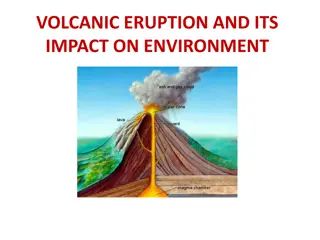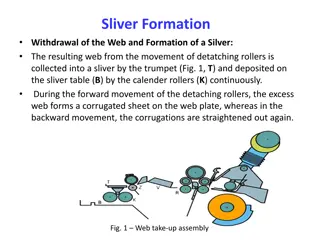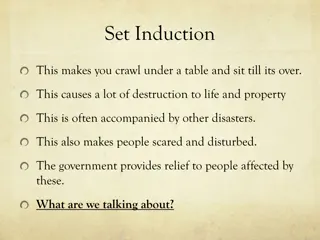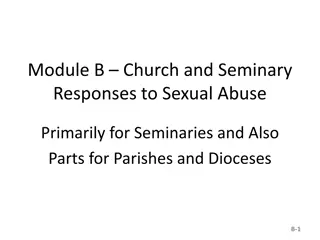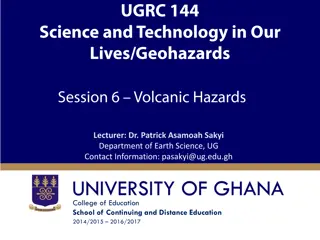Understanding Volcanoes: Structure, Caldera Formation, and Characteristics
Volcanoes are geological formations with vents, craters, and slopes. The structure of a volcano includes a vent for lava emission and a crater connected to a magma chamber. Understanding the difference between a caldera and a crater is crucial - calderas are much larger, around 50 km in diameter, formed by the collapse of volcano slopes, while craters are smaller, typically less than 1 km. Calderas get filled with water to create lakes. Explore more about volcanoes' main features and caldera formation from this informative presentation.
Download Presentation

Please find below an Image/Link to download the presentation.
The content on the website is provided AS IS for your information and personal use only. It may not be sold, licensed, or shared on other websites without obtaining consent from the author. Download presentation by click this link. If you encounter any issues during the download, it is possible that the publisher has removed the file from their server.
E N D
Presentation Transcript
Main Idea: Volcanoes Main Idea: Volcanoes
A. Structure of volcano A. Structure of volcano 1. Volcanoes contain a vent, crater and slopes. A vent is an opening in the crusts surface in which lava is emitted. A crater is connected to the magma chamber that is located near the vent. 2. 3.
B. What is a caldera? B. What is a caldera? 1. A caldera is sometimes confused with a crater. 2. They differ in size. 3. A caldera is around 50 km in diameter, while a crater is at most 1 km in diameter.
C. How is a caldera C. How is a caldera formed? formed? 1. A caldera is formed when the slopes of a volcano collapse. 2. The top of the magma chamber becomes empty from lava flow. 3. The caldera then fills up with water forming a lake.
This powerpoint was kindly donated to www.worldofteaching.com http://www.worldofteaching.com is home to over a thousand powerpoints submitted by teachers. This is a completely free site and requires no registration. Please visit and I hope it will help in your teaching.
